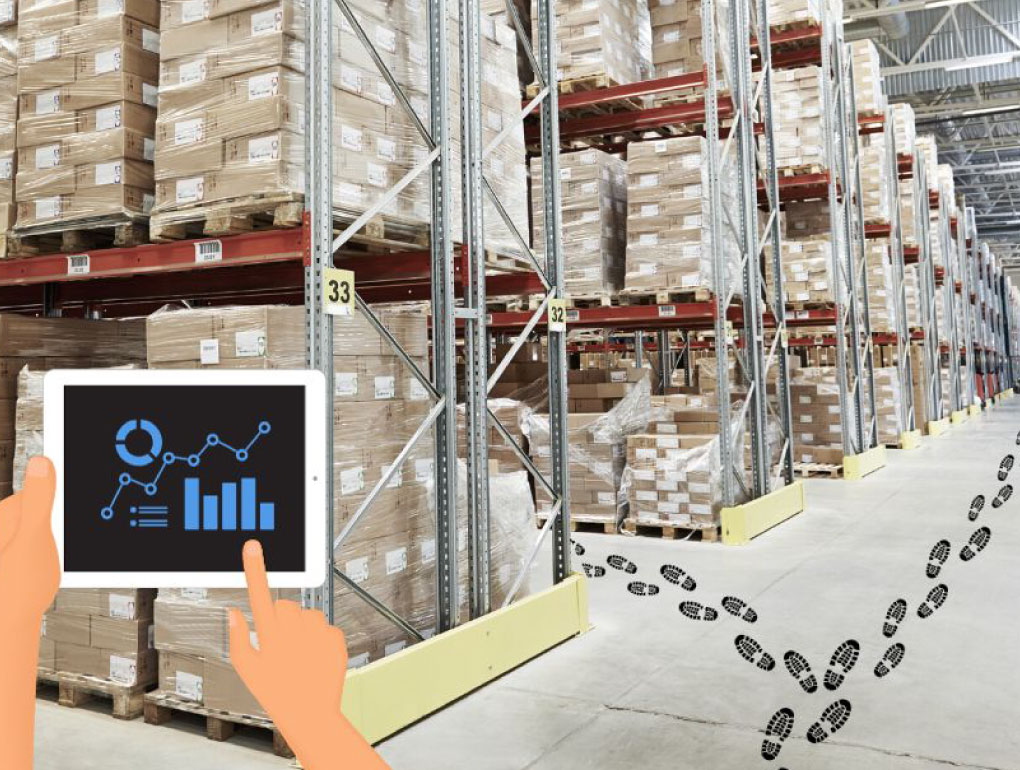Omnichannel, Brick & Mortar Stores, Digital eCommerce, Distribution, Fulfillment, Dark Stores, Micro-Fulfillment, BOPIS (Buy Online, Pickup in Store), DriveUp, Delivery, Warehousing, Logistics, Supply Chain, Agility, Resilience…….
The above are terms and buzzwords that fly around today’s world of choosing a retail distribution strategy. Some of these processes and approaches are tried and proven, some were tested and proven pre-COVID-19 pandemic, some during COVID-19 pandemic, and some now in the early stages of post-COVID-19 pandemic times. Some are terms that can seem vague such as “Agility” and “Resilience”. Nevertheless, all are processes and approaches that we find clients wanting to chase and explore during supply chain network strategic optimization efforts. While the topic of “Choosing a Retail Distribution Strategy” is very broad and includes a lot of moving parts in the supply chain (which often can include the “front-end” elements, such as sourcing and the merchandising areas of the supply chain), we offer these key constructs that are needed to develop, fully vet, and analyze such strategies:
- Define the Strategic Objectives – establishing clear scope and objectives are key to the beginning of a successful retail distribution strategy optimization effort. This includes identifying what’s important – operating costs and service levels to customers (some call these SLAs = Service Level Agreements). Most would say that in today’s “Amazon effect – I want it now” world, that optimizing operating costs AND service levels are vital and should be considered table stakes. However, specific details rule the day here and while we can optimize for minimized operating costs (including capital investment depreciation), we have to put a stake in the ground on service levels such as “I want all orders to ship out the same day if received by 2 PM, and then delivered in no more than 1 days (or 2 days or 3 days?) after the physical order picking or processing is complete”. Should my supply chain be more “resilient” with respect to the inbound transportation/sourcing side with closer sources (“near-sourcing”); if so, what are the assumptions for that input? These can be built as variable inputs into a strategic modeling exercise so that you can vary the service levels to see the impact upon operating costs and vice-versa, but they have to be established at the start. Business growth plans for 3 to 5 years need to be provided as part of the objectives or if not developed, then established collaboratively between client and consultant. Yes, you may know the 3 year plan is pretty solid, but a shot at another 2 years is required to be able to provide at least a 5 year runway for the strategy (and there are some that might say they want a 10 year look, also!).
- Document the Current State – “You can’t know where you are going, unless you know where you are today”; which sounds simple, but often isn’t. Spending time in the existing supply chain network, on-the-floor observing in existing distribution and fulfillment centers, interviewing key management and executives for their opinions on where the strategy should take the company, documenting existing inbound freight costs, “4 wall” distribution/fulfillment center(s) operating expenses, outbound transportation and delivery costs, currently attained service levels, are all very important items to pin down to establish the “Current State”. It also is important to run this current state through the supply chain network optimization modeling tool you might be using, to validate that the model is producing results that look like the actual, current state results. We call this validation and it’s as important to the retail distribution strategy process as considering “Future Options” or “Scenarios” to analyze! Don’t skimp on this portion of the effort as a comparison to the “Current State” is critical in not only analyzing future options, but also helps define what future options to consider.
- Carefully Develop “Future Options” – this is the exciting part that everyone wants to talk about well before it should be talked about! As eluded in the introduction of this blog, we described the various methods of distribution strategies, it is critical to define future options with many of these components in mind. For example, If BOPIS or Micro-Fulfillment (fulfilling items from an automated MHE order picking system located in the back of a store) are going to be implemented or considered, then the future options have to be defined not only in terms of number of distribution or fulfillment centers, but these alternative approaches to fulfilling orders. A percent of orders, workloads and inventory must be estimated for these alternative approaches to ensure that the future state modeling takes this into account. Transportation, Operating Expenses, Capital Investment, MHE Technology assessments for Automation, Robotics and other MHE elements, and Space Requirements for these alternative approaches to fulfilling orders, must be merged with the traditional distribution and fulfillment center components to fully analyze such a future option. What may look intuitively smart at the beginning, may not be after fully vetting and analyzing these future options with lots of different types of distribution within them. We use the word “carefully” in the title of this section because you must be careful to clearly define the options, be practical about what’s really feasible to consider, and ensure that agility and resilience (yes, those words again!) can be used as variable inputs in any strategic option.
- Interpret the Results Carefully – There’s that word “carefully” again! Just looking at the Net Present Value of a future option’s costs doesn’t give you the strategic answer for your retail distribution strategy. Service Level details must be provided (i.e. what percent of orders reach their customer within 2 days, 3 days, 4 days, etc.) in any future option evaluation. Gone are the days when operating costs ruled and service levels just rode along in your network! Other qualitative factors such as labor requirements and availability, network risk, information technology implications, network complexity to manage, MHE automation complexity, economic incentives, and other factors have to be considered. A decision support scoring matrix must be constructed and weighted by all of these factors (including costs), to help identify a winning option.
While there are other items that can go deeper into choosing a strategy, if you take the requisite time and effort to execute the constructs detailed above, you will find your way much better through the “murkiness” of choosing a retail distribution strategy.
Contact a consultant today to jumpstart your Retail Distribution Strategy!






